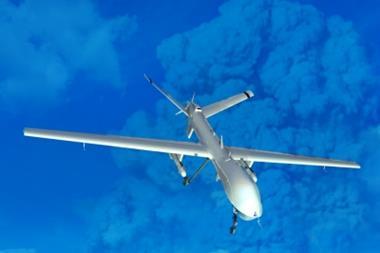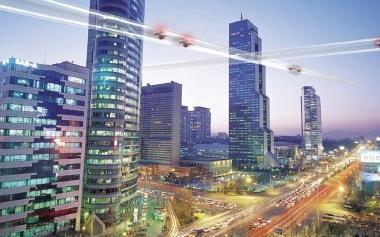Insurance potential is huge but underwriters must shape safety laws

Insurers should be working closer with government and regulatory bodies to set standards in the emerging field of drones if they are to fully exploit this rapidly growing market, City law firm and insurance specialist warned Elborne Mitchell.
Speaking to an audience at Lloyd’s Old Library at a special lecture on the liability risks of commercial drones, Dr Ned Swan, partner at Elborne Mitchell, said there is an “urgent need” for insurance products to cover the significant risks associated with flying drones. While some insurers are already offering cover, he added that the size of the insurance market for drones is “potentially billions”.
However, he urged insurers to get actively involved in shaping the evolution of this market as they do so effectively in others areas such as the auto industry. “Given the huge risks associated with commercial and recreational drone use, this is going to be a highly regulated area and already we are seeing myriad standards evolving across the world. These will directly affect the insurability of the market and so it’s in the interests of both underwriters and their customers to be part of these conversations. Right now, there is not enough evidence this is happening.”
In the UK, the Civil Aviation Insurance Regulations 2005 and the CAA Mandatory Insurance Regulations dictate that “adequate insurance” is required to cover potential damages, injuries or losses resulting from drone operation. Dr Swan said the cost of claims could be significant, and will cover potential injuries to persons or property, and legal violations arising from nuisances such as noise, proximity, privacy or trespass.
According to Dr Swan, safety laws is one area where the insurance market may wish to lobby. He told the audience that technology and processes designed to limit the potential for drone accidents are emerging – such as “geo-fencing” systems whereby controls in restricted areas are able to cut the operation of drone engines if they improperly cross into a restricted area, and various kinds of “detect and avoid systems”.
“It may be necessary for insurance companies to apply pressure to see that such safety measures are adopted in order to reduce the risks of having to pay out large sums for improper drone operation and unfortunate drone accidents,” he said.




















No comments yet